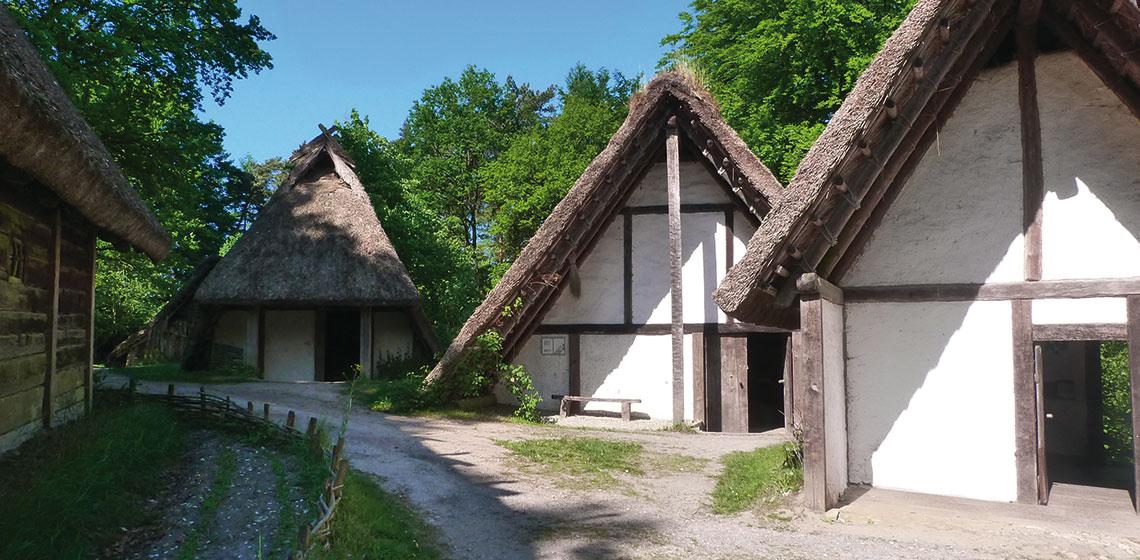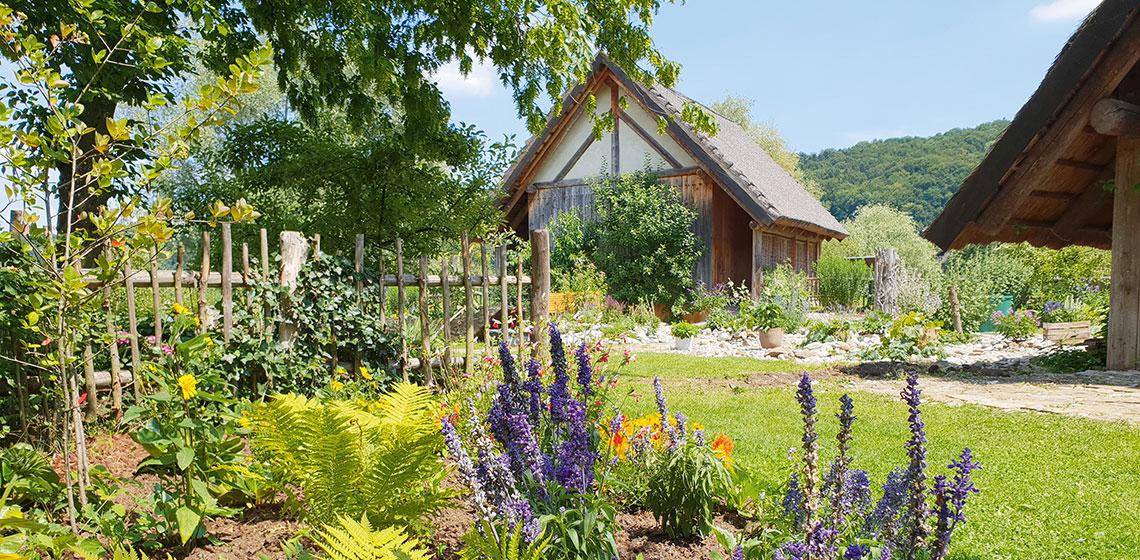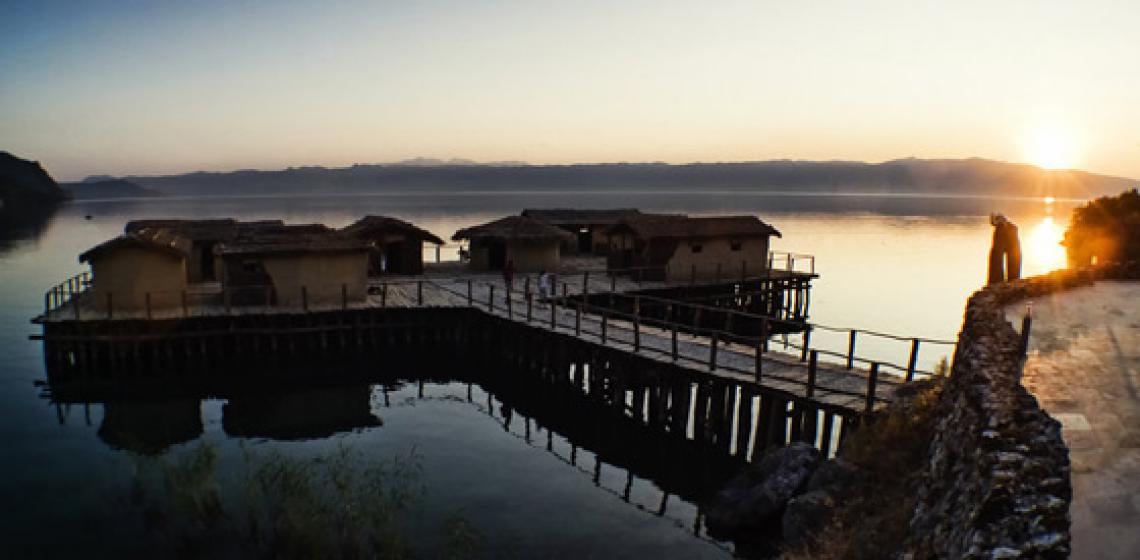Butser Ancient Farm (UK)
Butser Ancient Farm is situated in the South East of England, approximately 50 miles to the south of London. The concept of replicating an ancient farm began life in 1970 as a research project developed by the Council for British Archaeology and the Research Committee on Ancient Agriculture from the British Association for the Advancement of Science.
Butser Ancient Farm is situated in the South East of England, approximately 50 miles to the south of London. The concept of replicating an ancient farm began life in 1970 as a research project developed by the Council for British Archaeology and the Research Committee on Ancient Agriculture from the British Association for the Advancement of Science...









